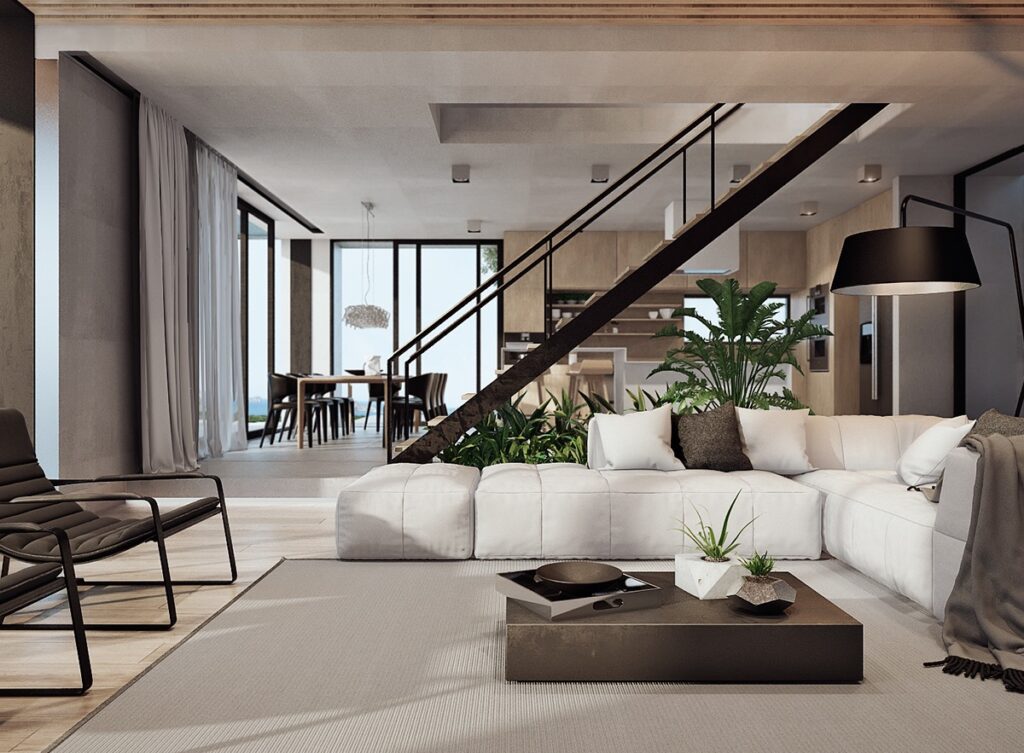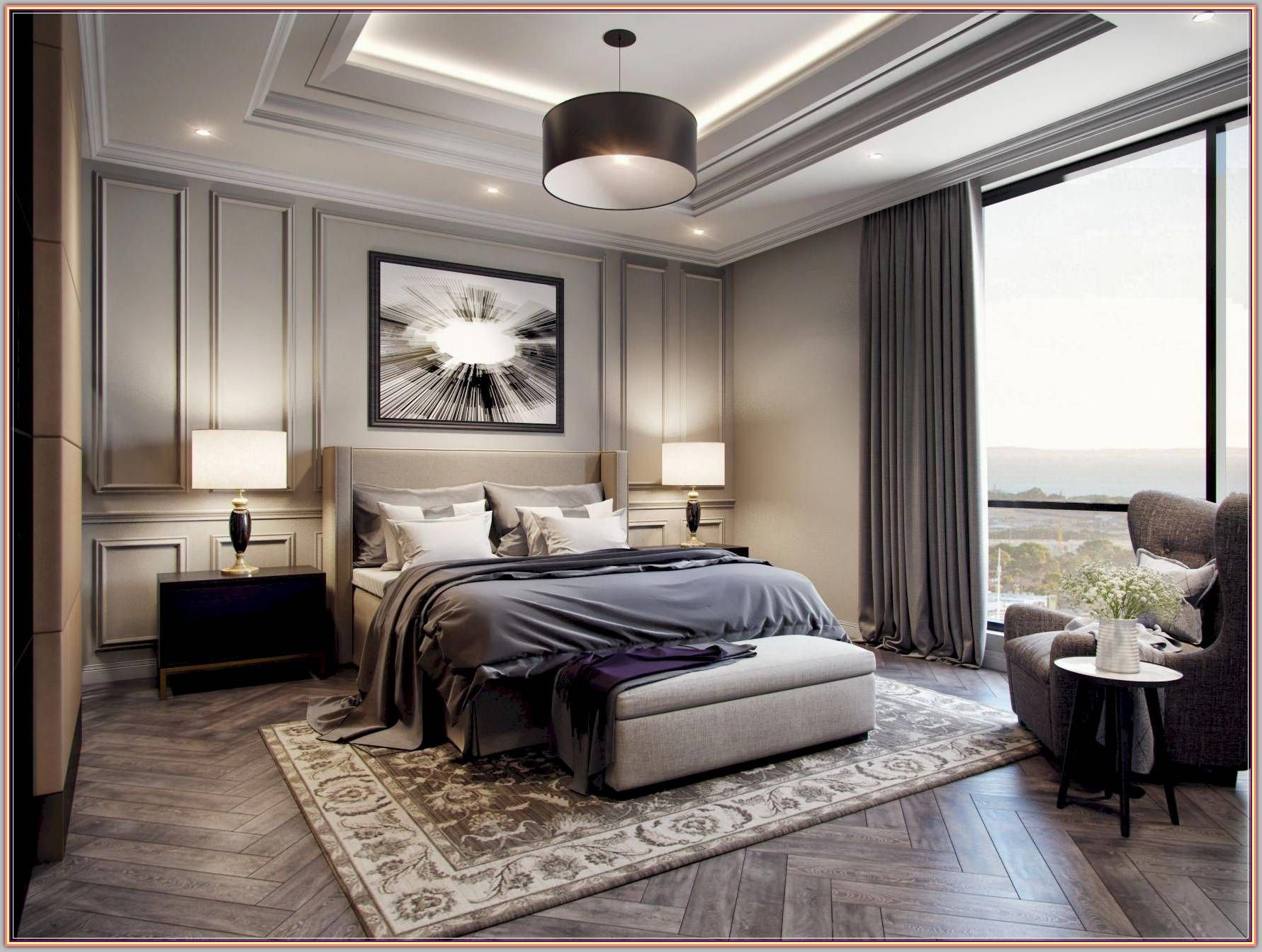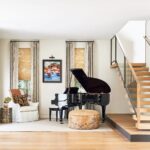Transform Your House into a Home: A Treasure Trove of Interior Design Ideas
Stepping into a beautifully designed home evokes a feeling of comfort, peace, and personal expression. It’s more than just bricks and mortar; it’s a sanctuary reflecting your unique style and personality. But where do you even begin when faced with the seemingly endless possibilities of home interior design? Don’t worry, this comprehensive guide will unveil a wealth of ideas to help you transform your house into a home you’ll adore.
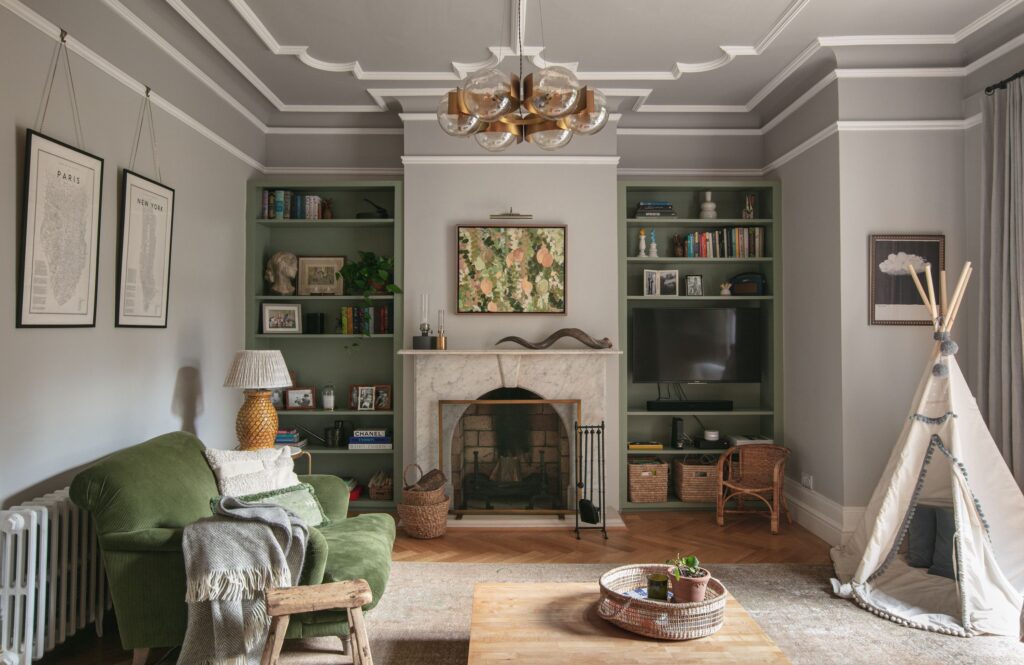
Defining Your Style: The Foundation of Your Design
Before diving into specific design elements, it’s crucial to identify your personal style. Do you gravitate towards the clean lines of minimalism, the warmth of rustic charm, the elegance of traditional décor, or the vibrant energy of bohemian aesthetics? Browse magazines, Pinterest boards, and Instagram feeds for inspiration. Collect images that resonate with you and try to pinpoint common threads – recurring colors, textures, or furniture styles. This initial step will serve as your compass throughout the design process, ensuring a cohesive and harmonious outcome.
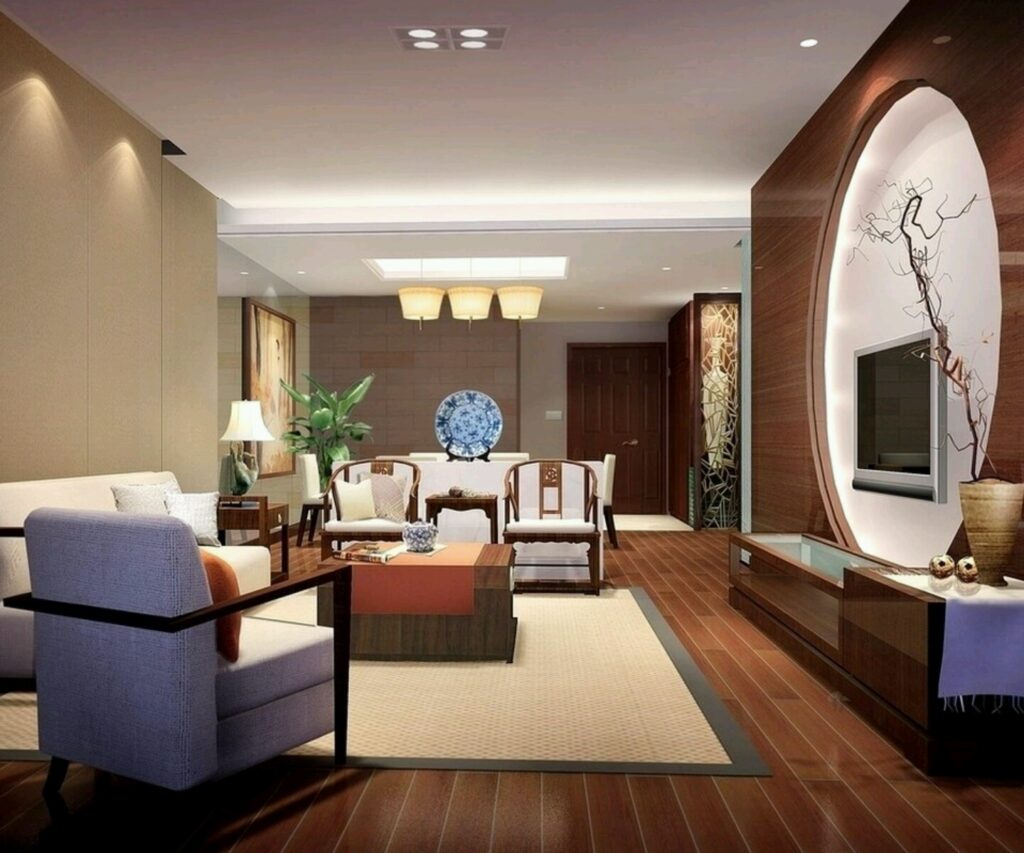
Exploring Popular Interior Design Styles:
- Minimalist: Characterized by clean lines, simple forms, and a neutral color palette. Focus is on functionality and creating a sense of spaciousness.
- Modern: Emphasizes functionality, clean lines, and a neutral color palette with pops of bold color. Often incorporates sleek materials like metal and glass.
- Traditional: Features ornate details, rich fabrics, and classic furniture pieces. Creates a sense of timeless elegance and sophistication.
- Rustic: Incorporates natural materials like wood and stone, creating a warm and inviting atmosphere. Often features exposed beams, reclaimed wood, and vintage accents.
- Bohemian: Known for its eclectic mix of patterns, textures, and colors. Creates a vibrant and layered look that reflects a global aesthetic.
- Scandinavian: Celebrates simplicity, functionality, and natural light. Often incorporates light wood, white walls, and cozy textiles.
Color Palette: Setting the Mood and Tone
Color plays a pivotal role in shaping the atmosphere of your home. The right color palette can enhance mood, create visual interest, and even influence how spacious a room feels. Consider the direction your rooms face and the amount of natural light they receive. North-facing rooms tend to be cooler, benefiting from warmer colors, while south-facing rooms, basking in sunlight, can handle cooler tones.
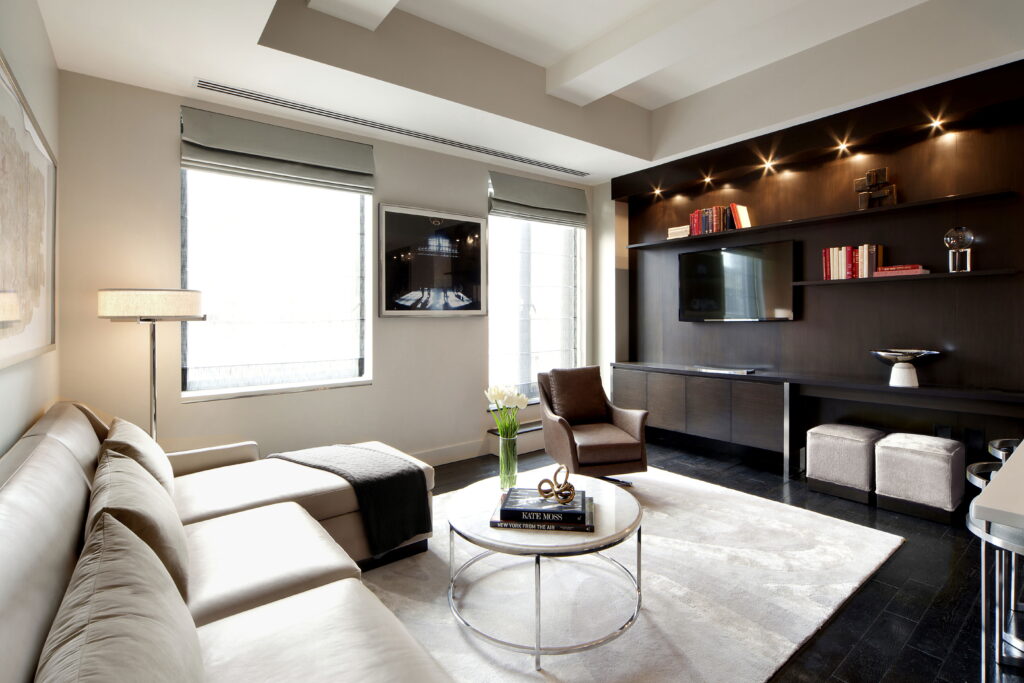
Color Psychology and Its Impact:
- Blues and Greens: Calming and relaxing, ideal for bedrooms and bathrooms.
- Yellows and Oranges: Energetic and uplifting, perfect for kitchens and living rooms.
- Reds and Purples: Stimulating and passionate, use sparingly to add a touch of drama.
- Neutrals (Whites, Greys, Beiges): Versatile and create a sense of spaciousness.
Lighting: Illuminating Your Space
Lighting is more than just illumination; it’s a powerful design element that can transform the ambiance of a room. Layer your lighting with a combination of ambient, task, and accent lighting. Ambient lighting provides overall illumination, task lighting focuses on specific areas (like reading), and accent lighting highlights architectural details or artwork.
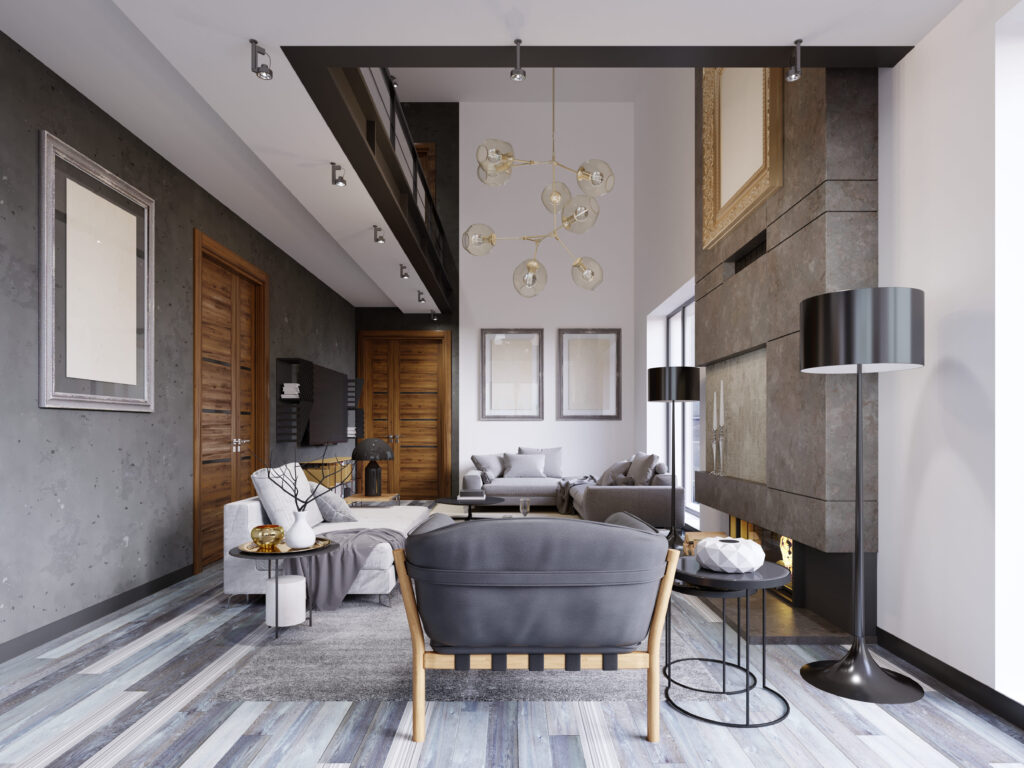
Creating the Perfect Lighting Scheme:
- Ambient Lighting: Overhead fixtures, recessed lighting, or floor lamps.
- Task Lighting: Desk lamps, pendant lights over kitchen islands, or reading lamps.
- Accent Lighting: Track lighting, spotlights, or wall sconces to highlight artwork or architectural features.
Furniture and Accessories: Adding Personality and Function
Furniture selection is where your personal style truly shines. Choose pieces that are both functional and aesthetically pleasing. Consider the scale and proportion of your furniture in relation to the size of your rooms. Avoid overcrowding, allowing ample space for movement and creating a sense of openness.
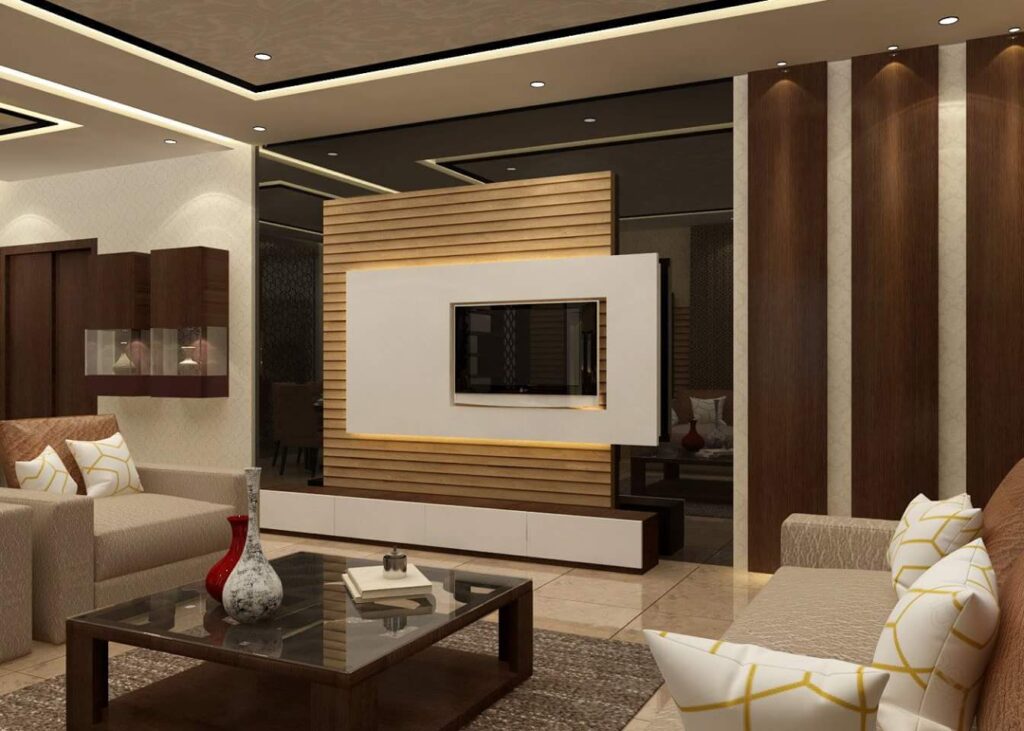
Choosing the Right Furniture:
- Consider the scale and proportion of furniture relative to the room size.
- Select pieces that are both functional and aesthetically pleasing.
- Don’t be afraid to mix and match styles, but strive for a cohesive look.
- Incorporate texture through fabrics, materials, and finishes.
Textiles and Fabrics: Adding Warmth and Texture
Textiles and fabrics add warmth, comfort, and visual interest to your home. Consider using a variety of textures, patterns, and colors to create a layered and inviting atmosphere. Think about incorporating rugs, curtains, throw pillows, and blankets to soften hard surfaces and add personality.
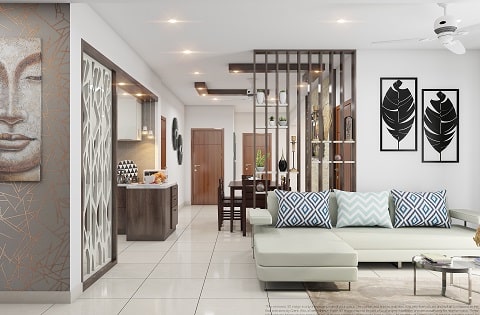
Working with Textiles:
- Rugs define spaces and add warmth underfoot.
- Curtains control light and add privacy.
- Throw pillows and blankets add pops of color and texture.
- Consider the texture and weight of fabrics to create a cohesive look.
Accessorizing Your Space: The Finishing Touches
Accessories are the finishing touches that personalize your home and reflect your individuality. Artwork, plants, decorative objects, and books can add character and create a sense of life. Remember, less is often more. Avoid overcrowding your space with too many accessories, allowing each item to shine.
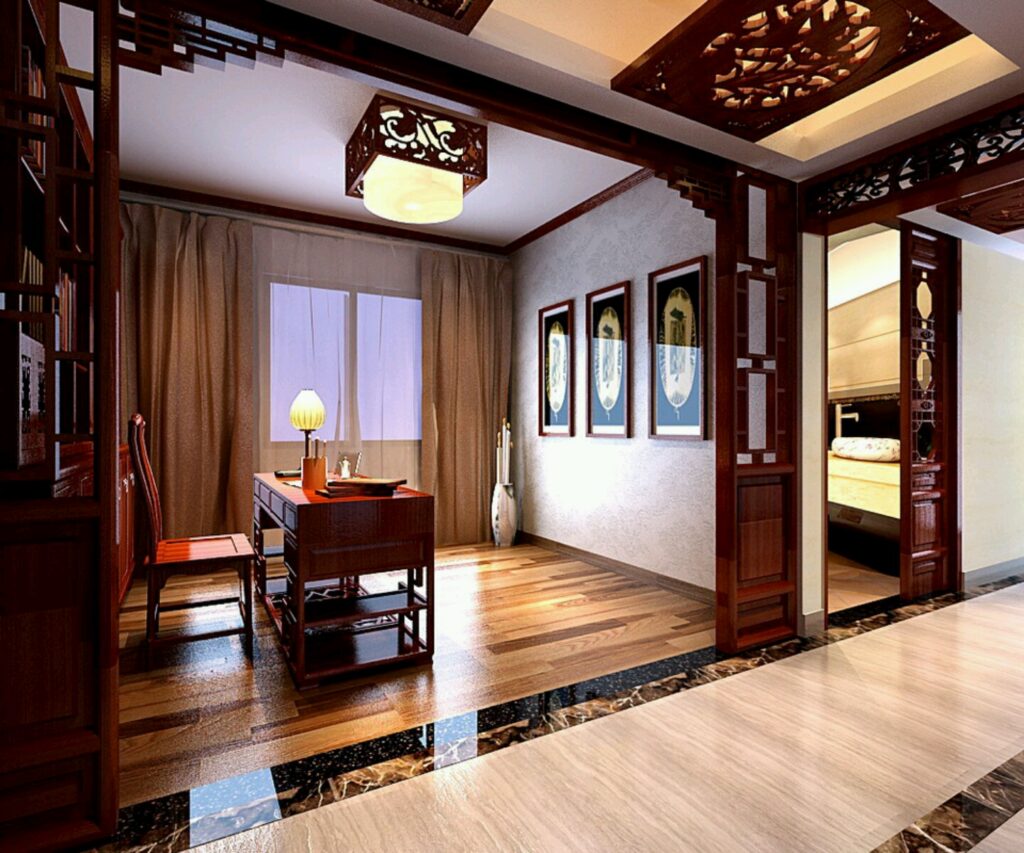
Accessorizing Tips:
- Start with a focal point, such as a piece of artwork or a statement piece of furniture.
- Use accessories to add pops of color and texture.
- Don’t be afraid to experiment with different styles and textures.
- Remember, less is often more.
Creating a beautiful and functional home is a journey, not a destination. Enjoy the process of transforming your house into a reflection of your personal style and creating a space that brings you joy and comfort for years to come. Remember to personalize your space, making it uniquely yours. Embrace your creativity and have fun!
